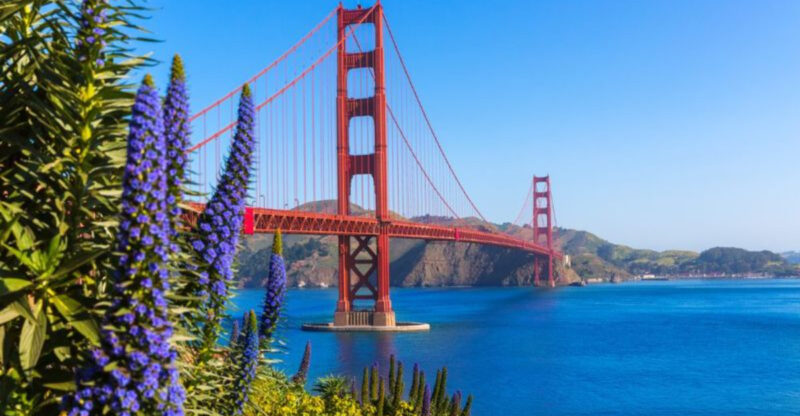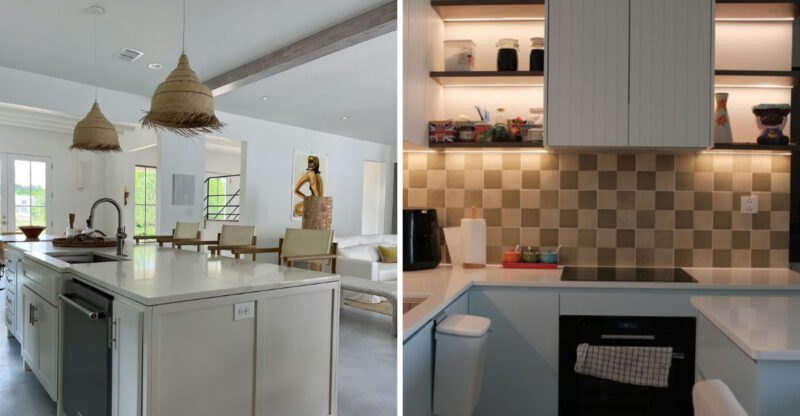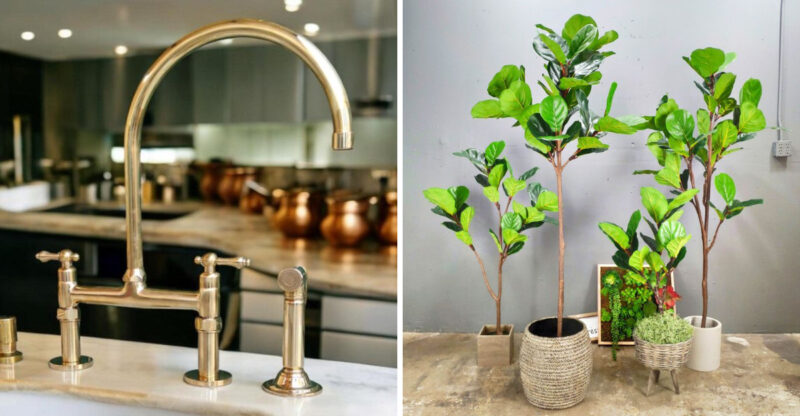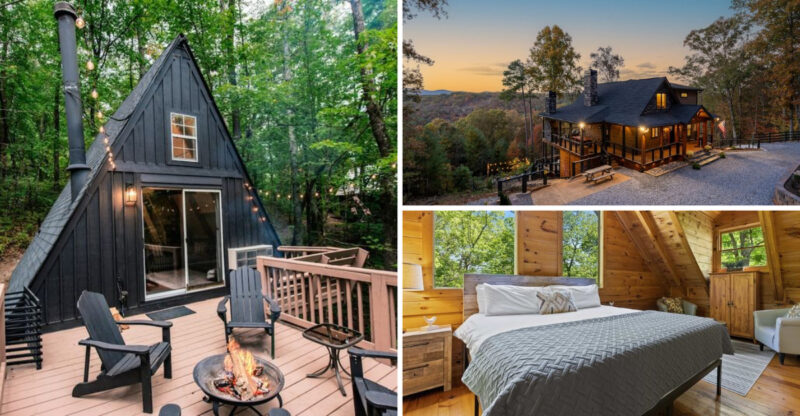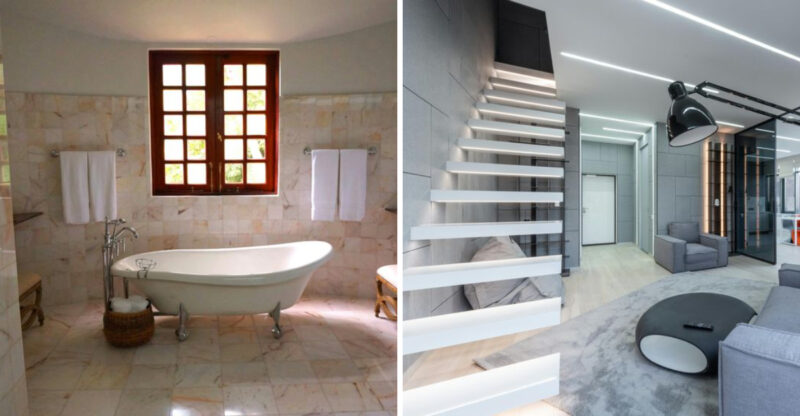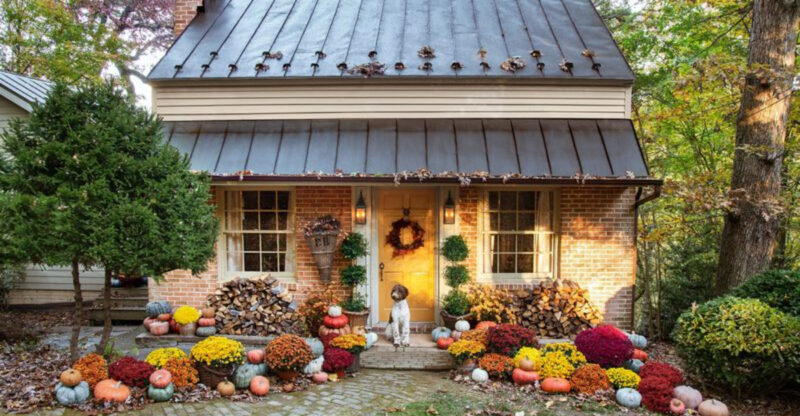17 Arizona Home Trends Transforming Desert Living By 2030
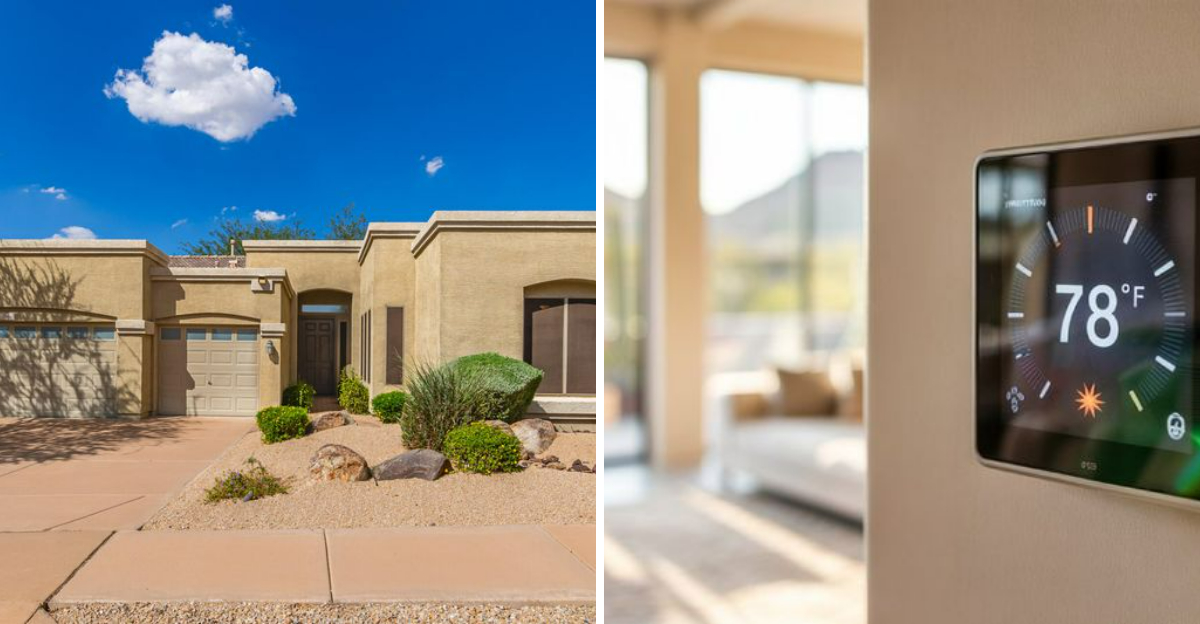
Arizona homeowners are embracing exciting changes that blend modern technology with desert beauty. From water-saving gardens to solar-powered systems, the way we live in the desert is evolving rapidly.
I want to share seventeen trends that will reshape your home and neighborhood over the next few years, making desert living more comfortable, sustainable, and stylish than ever before.
1. Desert-Adapted Xeriscaping
Water conservation has become a top priority for homeowners across the state. Native plants like palo verde trees, agave, and ocotillo create stunning landscapes while using minimal water.
You will notice more neighbors replacing traditional grass lawns with gravel, decomposed granite, and drought-resistant plants. This shift saves thousands of gallons annually while maintaining curb appeal.
Local nurseries now offer extensive selections of desert-adapted species that thrive in extreme heat without constant irrigation.
2. Solar Panel Integration
Harnessing Arizona sunshine makes financial sense for nearly every household. Solar technology has become more affordable and efficient than ever before, with many systems paying for themselves within seven years.
I have seen entire communities switching to renewable energy, reducing their carbon footprint while lowering monthly utility bills. Battery storage systems let homeowners use solar power even after sunset.
Tax incentives and rebate programs make installation accessible to middle-class families throughout the state.
3. Outdoor Living Spaces
Backyards are transforming into year-round entertainment zones with covered patios and misters. Families spend more evenings outdoors thanks to cooling systems that drop temperatures by twenty degrees.
Built-in grills, pizza ovens, and refrigerators turn patios into full outdoor kitchens perfect for hosting gatherings. Fire pits extend usability into cooler winter months when desert nights get chilly.
Retractable screens keep bugs away while allowing fresh air to flow through these extended living areas.
4. Smart Home Climate Control
Controlling your home temperature from anywhere has revolutionized comfort and efficiency. Smart thermostats learn your schedule and adjust cooling automatically, preventing energy waste when nobody is home.
Voice-activated systems let you change settings without leaving your couch or bed during hot summer nights. Zoned cooling allows different temperatures in various rooms based on individual preferences.
Energy monitoring features show exactly how much you spend on cooling each month, encouraging conservation.
5. Reflective Cool Roofing
Roof color dramatically affects indoor temperatures during brutal summer months. Light-colored and reflective coatings bounce sunlight away instead of absorbing heat into your attic space.
Homeowners report cooling cost reductions up to thirty percent after switching from dark shingles to cool roofing materials. Special paints and tiles are designed specifically for desert climates where temperatures exceed one hundred degrees regularly.
Many cities now offer rebates for installing these energy-efficient roofing solutions on existing homes.
6. Indoor-Outdoor Transitional Design
Walls are disappearing as architects create seamless connections between interior and exterior spaces. Oversized sliding glass doors fold completely away, merging living rooms with patios during pleasant weather.
Matching flooring materials continue from inside to outside, creating visual continuity that makes homes feel larger. This design philosophy celebrates Arizona climate instead of fighting against it throughout most of the year.
Covered transition zones protect these openings from intense midday sun while maintaining airflow.
7. Greywater Recycling Systems
Reusing household water for irrigation has shifted from novelty to necessity across the state. Systems capture water from showers, sinks, and washing machines, redirecting it to landscape plants instead of sewers.
You can reduce outdoor water usage by fifty percent while keeping plants healthy during drought conditions. Installation costs have dropped as more plumbers gain expertise with these environmentally responsible systems.
Local regulations now encourage greywater use with simplified permitting processes for homeowners.
8. Desert Modern Architecture
Clean lines and natural materials define this architectural movement sweeping through Arizona neighborhoods. Homes feature flat roofs, exposed beams, and floor-to-ceiling windows that frame spectacular desert vistas.
Natural stone, stucco, and weathered wood blend structures into surrounding landscapes rather than competing with nature. Minimalist interiors with open floor plans maximize natural light while keeping spaces cool and comfortable.
This style honors mid-century desert design while incorporating twenty-first-century technology and sustainability features.
9. Monsoon-Ready Infrastructure
Preparing for intense summer storms has become standard practice rather than an afterthought. Proper drainage systems prevent flooding when monsoons dump inches of rain within minutes.
French drains, channel drains, and strategically placed berms direct water away from foundations and living spaces. Rain gutters sized for desert downpours protect walls from water damage and erosion around your property.
Homeowners invest in these protective measures after witnessing neighbors deal with costly flood damage each summer.
10. Energy-Efficient Window Films
Blocking heat before it enters your home saves significantly more energy than cooling air afterward. Advanced window films reject up to eighty percent of solar heat while maintaining clear views of desert landscapes.
You will notice immediate comfort improvements in rooms that previously felt like ovens during afternoon hours. These films also protect furniture, artwork, and flooring from fading caused by intense ultraviolet radiation.
Professional installation ensures bubbles and imperfections do not compromise the appearance or effectiveness of treated windows.
11. Native Edible Landscaping
Growing food in the desert challenges traditional gardening wisdom but rewards creative homeowners. Prickly pear cactus produces delicious fruit while requiring zero irrigation once established in your yard.
Citrus trees thrive in Arizona climate, providing fresh oranges, lemons, and grapefruits for months each year. Mesquite trees offer edible pods that native peoples harvested for centuries as nutritious flour alternatives.
Community workshops teach residents how to cultivate productive landscapes adapted to extreme desert conditions.
12. Ramada-Style Shade Structures
Traditional southwestern shade structures are experiencing a major revival throughout residential areas. Ramadas use wooden beams and natural materials to create comfortable outdoor spaces that honor regional heritage.
Unlike solid roofs, these open structures allow hot air to rise while providing essential shade from intense sun. Climbing vines like bougainvillea add living color and additional cooling as they grow across beams.
Many homeowners prefer this aesthetic over modern metal patio covers for its authentic desert character and charm.
13. Thermal Mass Cooling
Thick walls absorb heat during the day and release it slowly at night, naturally regulating indoor temperatures. Adobe, concrete, and stone construction techniques borrowed from ancient desert dwellers are making comebacks in modern homes.
You will appreciate how these materials keep interiors comfortable without constantly running air conditioning systems. Strategic placement of thermal mass near windows maximizes this passive cooling effect throughout your living spaces.
Builders combine traditional wisdom with contemporary insulation for optimal year-round comfort.
14. Smart Irrigation Controllers
Watering your landscape at optimal times prevents waste and keeps plants healthier than fixed schedules. Internet-connected controllers adjust irrigation based on real-time weather data, skipping cycles when rain is forecast.
Soil moisture sensors prevent overwatering by measuring actual ground conditions rather than following blind timers. You can monitor and control your entire system remotely while traveling or away from home.
Water bills drop noticeably when irrigation matches plant needs instead of arbitrary schedules set months earlier.
15. Dust-Resistant Landscaping
Bare dirt creates dust storms in your own backyard during windy spring months. Strategic groundcovers, mulch, and decomposed granite stabilize soil while maintaining water-wise landscaping principles.
Low-growing desert plants like trailing lantana and damianita fill spaces between larger specimens, preventing erosion and dust. Properly designed landscapes protect your home from constant cleaning while improving air quality around your property.
Neighbors appreciate when everyone takes responsibility for controlling dust that affects the entire community during windy seasons.
16. Multi-Generational Floor Plans
Families are staying closer together as housing costs rise and caregiving needs increase across generations. Casitas or separate guest suites with private entrances provide independence while keeping loved ones nearby.
These additions increase property value while offering flexibility for aging parents, adult children, or rental income opportunities. Separate kitchenettes, bathrooms, and living areas ensure privacy for everyone under one roof.
Builders report surging demand for these flexible floor plans that adapt to changing family circumstances over time.
17. Electric Vehicle Charging Stations
Charging your car at home overnight costs less than filling a gas tank at any station. Dedicated circuits and Level 2 chargers fully power electric vehicles while you sleep, ready each morning for your commute.
New construction increasingly includes EV-ready electrical panels and conduit, anticipating widespread adoption by 2030. Solar panel systems paired with home charging create completely renewable transportation solutions.
Homeowners future-proof their properties by installing charging infrastructure before buying their first electric vehicle.

